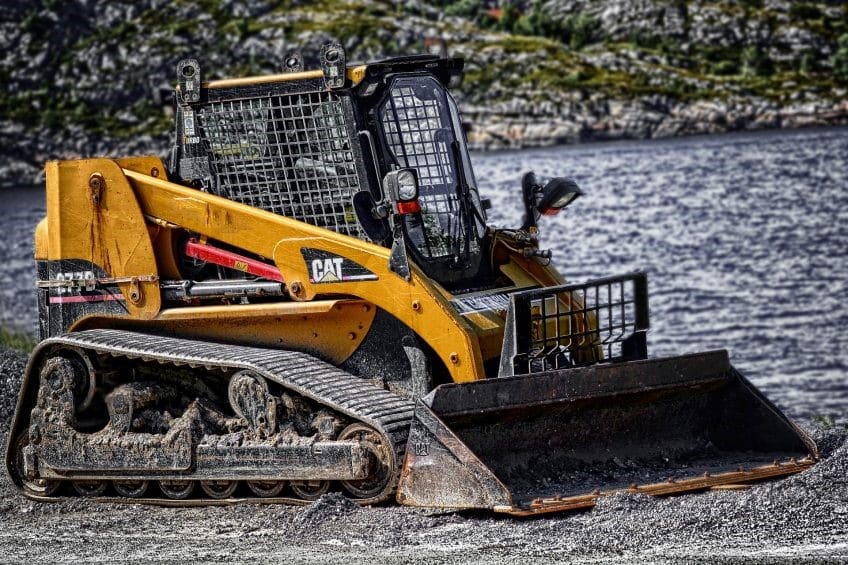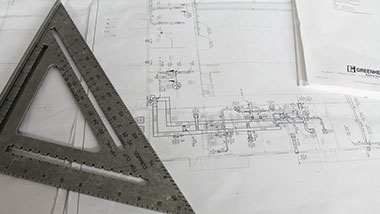Owner Required to Anticipate Potential Fall Hazards
Personal InjuryIn the case of Tracy Greene v. Twistee Treat USA, LLC, et al, Case Number 2D18-4064 (Fla. 2d DCA September 4, 2020), Florida’s Second DCA held that a man-made depression in a parking lot was not so open and obvious that summary judgment should be granted in favor of the property owner.
Facts
Ms. Greene tripped and fell on a man-made depression in the parking lot of a shopping center. At the time of her fall, she was going to the Twistee Treat to buy ice cream for her children. After falling, she photographed it showing a square hole that had clearly been cut. It was suspected that the square hold had been cut to install a temporary tent to sell fireworks.
Despite this evidence, the property owners in this case moved for summary judgment. Their motion asked the court to find that the hole was so open and obvious that there could be no liability on the part of the property owners. The trial judge granted the motion and this appeal ensued.
Property Owners Have An Obligation To Anticipate Hazards
The Second DCA reversed citing that a jury could conclude that the hole was not so open and obvious. In reaching this result, it is important to note the following analysis that was cited:
- The open-and-obvious-condition principle “is certainly not a fixed rule, and all of the circumstances must be taken into account.” Ashcroft v. Calder Race Course, Inc., 492 So. 2d 1309, 1311 (quoting Prosser & Keeton on Torts § 61, at page 427 (5th ed. 1984))
- Even when a dangerous condition is open and obvious, the occupier of the premises is not excused from its duties to protect or warn invitees if it reasonably should anticipate that the condition poses an unreasonable risk of harm to the invitee notwithstanding the obvious nature of the condition.
- This is true, for example, where there is reason to expect that the invitee’s attention will be distracted, as by goods on display, or that after a lapse of time he may forget the existence of the condition, even though he has discovered it or been warned; or where the condition is one which would
- not reasonably be expected, and for some reason, such as an arm full of bundles, it may be anticipated that the visitor will not be looking for it. Prosser & Keeton on Torts § 61
In this particular case, the Second DCA discussed the “novel architecture” of the Twistee Treat ice cream cone as a reason for distraction.
Commentary
In my mind, the real distinction of this case is that what is “open and obvious” is a degree of circumstances and a degree of hazard or danger. If the hole had not been cut as a square and was not as deep as suggested, then the outcome could very well have been different. I believe this would be true regardless of whether or not there was “novel architecture” to distract or not.
Further, in my mind, when customers go to a shopping center, they expect the parking lot to be free of holes such as the one in this case. Whether a jury agrees or not is another matter. This is why a condition that meets certain minimum criteria of danger should go to a jury rather than be determined by a judge at a summary judgment.
While that might be controversial to some, as long as there is some degree of reasonable interpretation that could result in the plaintiff’s favor, then the case should go to a jury.
Talk To A Florida Personal Injury Lawyer About Your Slip and Fall Case
Whether a particular condition is considered dangerous depends on a variety of circumstances. To get an honest opinion of the likelihood of recovering money for your slip and fall injury, call Russo Law to talk to a personal injury. The consultation is free. Call us to schedule your free consultation today.


